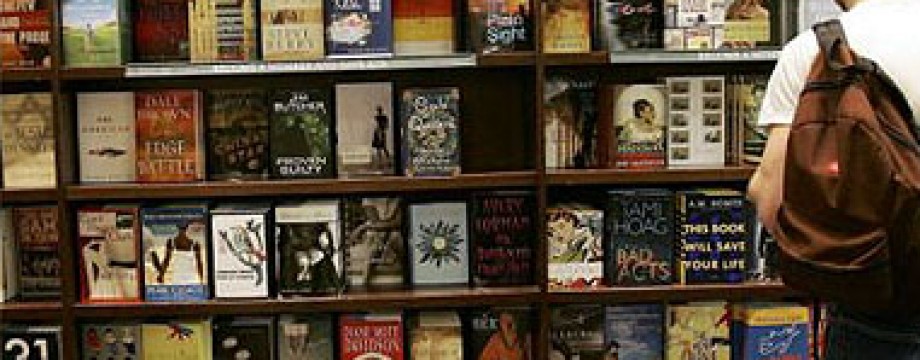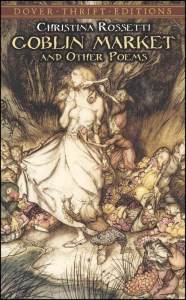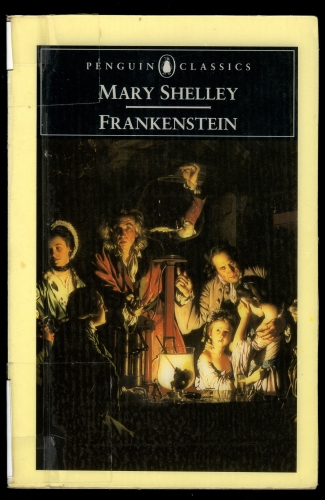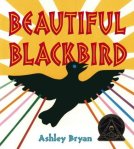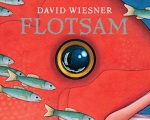Despite the fact that Dickens had an affair with an actress, and George Eliot lived “in sin” with a married man for 30 years, and Wilkie Collins had two mistresses at the same time, and the age of consent was thirteen…we have decided that no one in the Victorian Age had sex, and that we will keep pushing the notion that Victorians were sexually uptight because someone made up a story about covering up piano legs. We here at Snorton are determined to keep perpetuating myths to make narrow-minded categorization our motto. If we encouraged students to think with any complexity about the subject, the staff at Snorton would be out of work.
For additional evidence that the Victorians were uptight about sex, we have provided an excerpt from Christina Rossetti’s poem “Goblin Market” (1857)
“Those goblin men are hard
Their long and pointy fruit
Poked and smeared me
I sucked their fruit globes fair or red:
I sucked and sucked and sucked the more
I sucked until my lips were sore;
But my lovely sister
I’m not hard, I’m squishy
So rub my cheeks with juices
Hug me, kiss me, suck my juices
Suck and lick the moistness from my fruit”
The editors of the Snorton Anthology need to take a cold shower. We’ll be back in a moment. Please feel free to entertain yourself freely. We promise not to look.
So as you can clearly see, the Victorians didn’t like sex, but really liked to write about two women who really enjoy eating each other’s fruit.
Today’s really easy homework assignment: Write an essay and include photos of yourself sucking the juices off your sister. All photos will be used for purely academic purposes. And remember, if it isn’t heavy, thick, and unreadable…it isn’t Snorton
For more about those uptight Victorians: Matthew Sweet’s Inventing the Victorians is available at amazon.com or perhaps your local bookstore or library…
Also a review in the New Criterion declares “Debunking misconceptions…has been the chief occupation of Victorianists since at least the 1950s.”
a link to the poem Goblin Market by Christina Rossetti with links to other items of interest on Victorianweb.org
